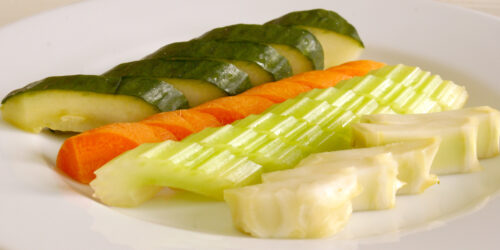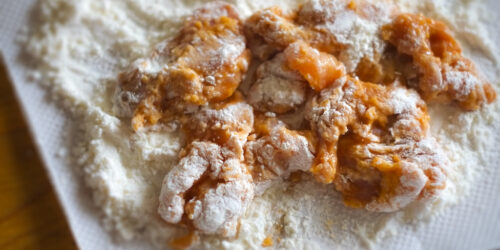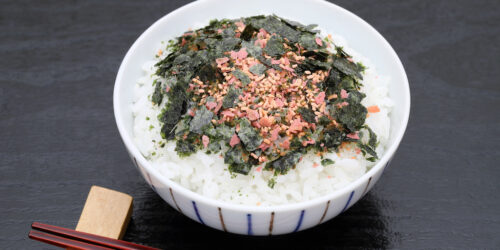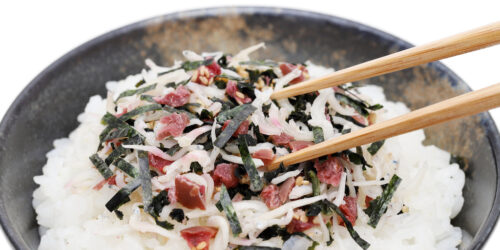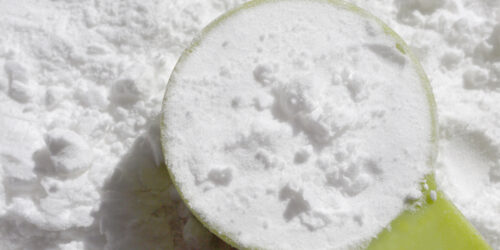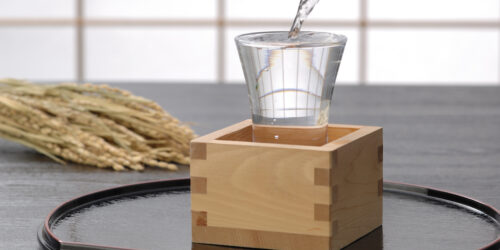What Is Vegan Soup Stock in Japan (Shojin Dashi)?
What Is Shojin Dashi?
Shojin dashi is the soup stock made from only plant-based materials. That is why it especially matches well with vegetable ingredients. And, you can make the dish bringing out the full flavor of the ingredients by using shojin dashi.
Most importantly, this is the crucial material for making shojin ryori.
What Is Shojin Ryori?
Shojin ryori mean vegetarian diet which are prepared as the charity for monks using only vegetables, beans and grain since the Buddhism prohibit monks from killing.
It sometimes translated into “Buddhist cuisine” in English. I would say shojin ryori is Japanese-style vegan (vegetarian) cuisine.
Shojin ryori consists of the five taste which are sourness, bitterness, sweetness, pungency, and saltiness. More than that, the most precious taste is “light taste” (淡い味). To make “light taste”, bringing out the taste of the ingredients is the most important, basic style of shojin ryori rather than adding flavor with seasonings.
You don’t even use much soy sauce and salt when making shojin ryori. So, shojin dashi made from only plant-based materials is exactly the decisive factor for the cuisine.
Interested in learning more about Shojin Ryori?
What Is Buddhist Vegan Cuisine (Shojin Ryori)?
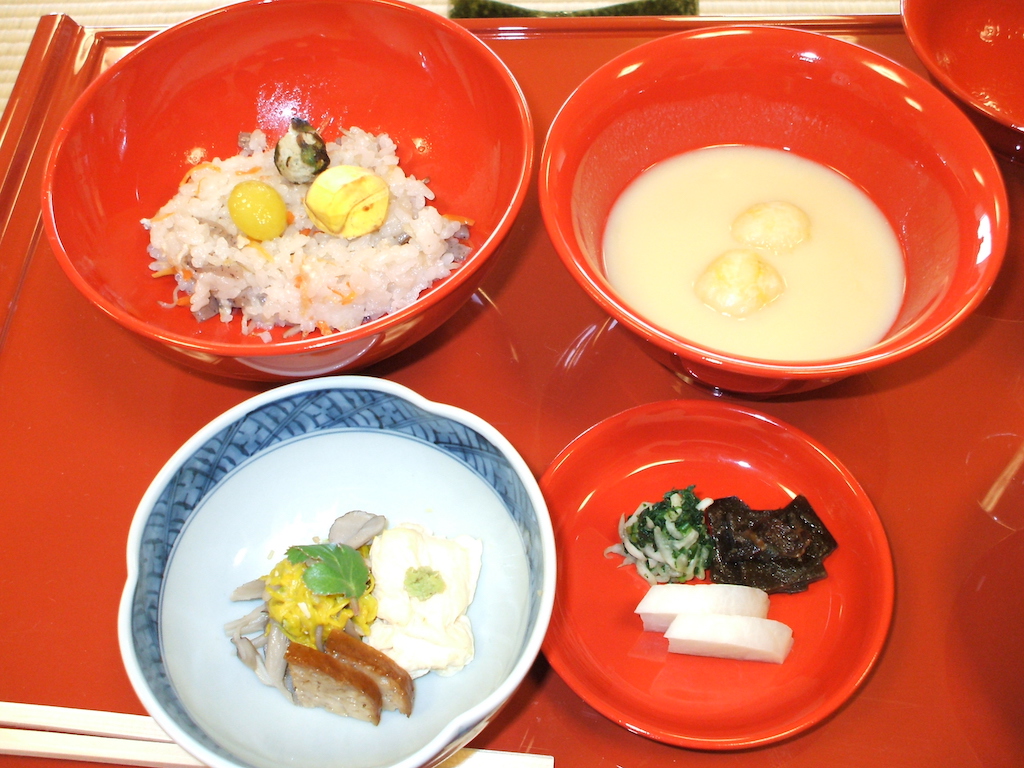
How to Make Shojin Dashi
The main raw materials for shojin dashi are dried kombu, dried shiitake mushrooms, soybeans, and vegetables to your taste.
Compared to the soup stock made from animal materials, shojin dashi has weaker taste. So, it’s highly recommended to combine several materials instead of taking the soup stock from only one material.
Click here to see the recipe of shojin dashi.
What’s the Difference Between Shojin Dashi and Katsuo Dashi (Bonito Soup Stock)?
As you may know, katsuo dashi (bonito soup stock) is made from an animal-based materials which are dried bonito shavings, while shojin dashi is made from plant-based materials.
Therefore, their umami ingredients and aroma are also different.
Katsuo dashi is widely used in Japanese cuisine. It features a gentle richness and flavor that goes well with any ingredient. The great part about katsuo dashi is that it contains umami ingredient called inosinic acid. It can amazingly upgrade the taste of various dishes such as miso soup, simmered dishes, noodle dishes, etc.
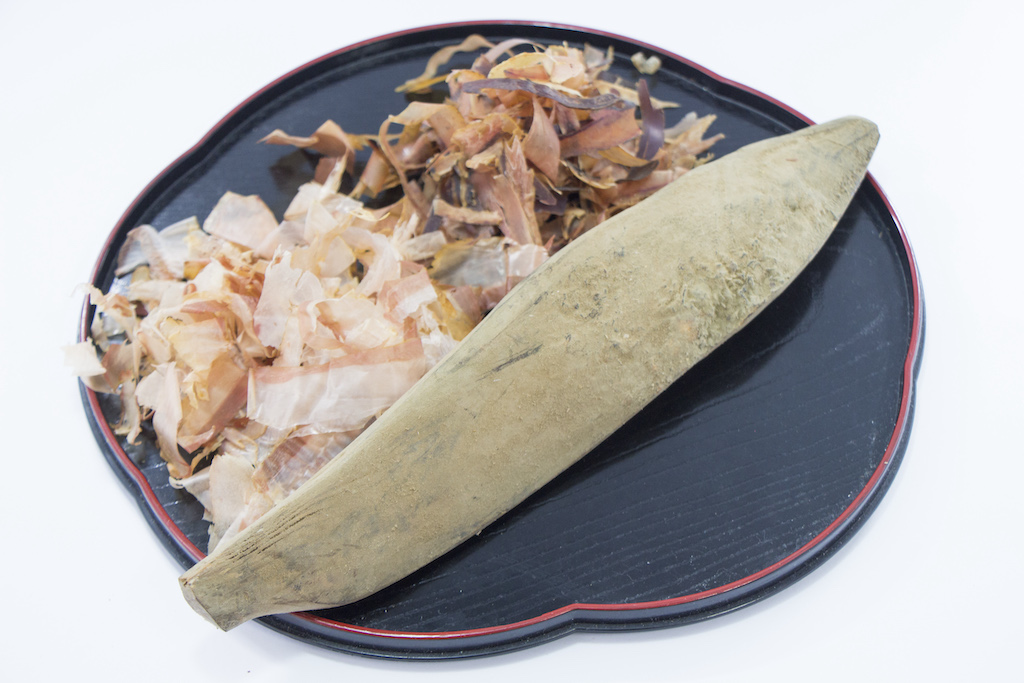
On the other hand, shojin dashi is made from kombu, dried shiitake mushrooms, soybeans, etc, so the taste is much more simple and light. Although you won’t feel koku (richness) like animal-based soup stock, you can definitely feel gentle sweetness of vegetables.
What about the umami ingredient in shojin dashi? Don’t worry, it has two types of umami ingredients. They are glutamic acid extracted from kombu, soybeans, and vegetables and guanylic acid extracted from dried shiitake mushroom. The taste of shojin dashi is light but has excellent umami indeed!
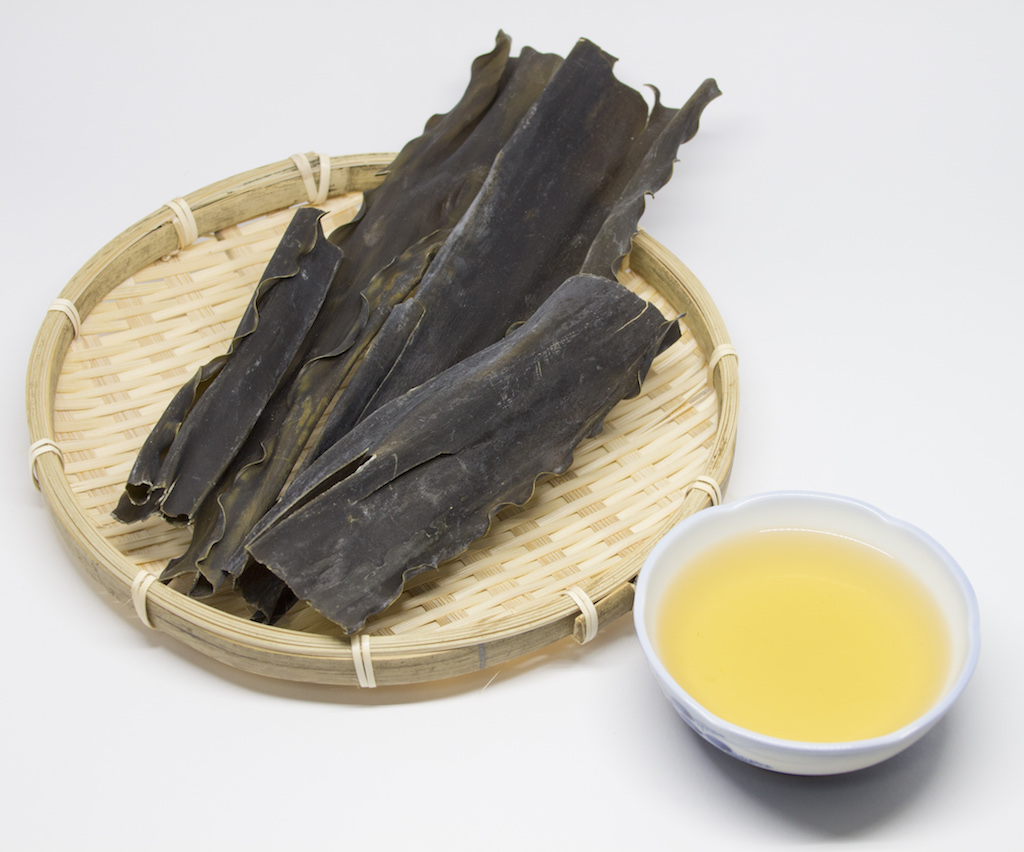
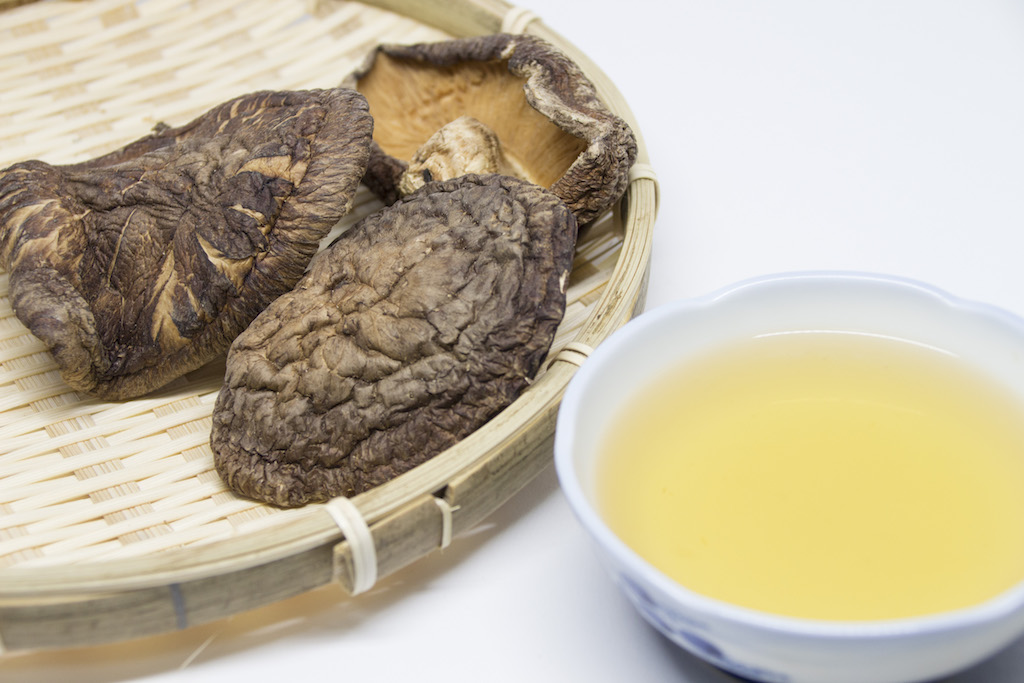
Cuisine Made with Shojin Dashi
Shojin Ryori (Buddhist Cuisine)
As you would expect, the representative cuisine using shojin dashi is shojin ryori. But what exactly does the shojin ryori look like?
Let me introduce some of them here!
Kenchin-jiru (Japanese tofu and vegetable chowder) is well-known shojin ryori. You can taste so many kinds of vegetables at once, and enjoy the great flavor of shojin dashi.
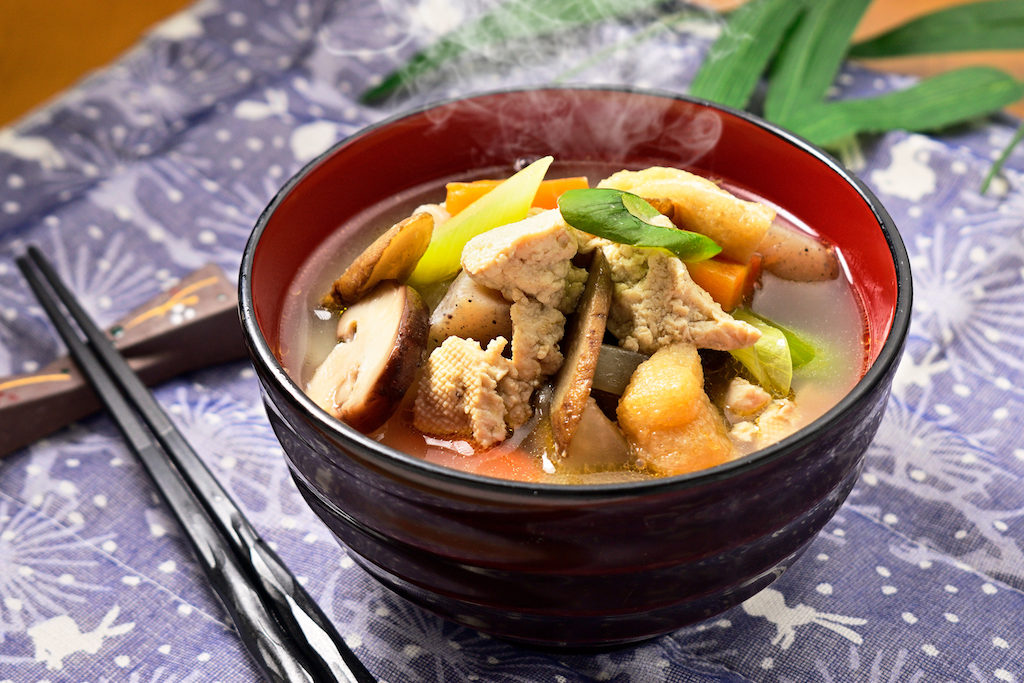
You can also make takikomi-gohan (Japanese mixed rice) with shojin dashi and some kind of mushrooms or vegetables. Cooking rice with the dashi makes it seriously delicious because the taste will soak in well.
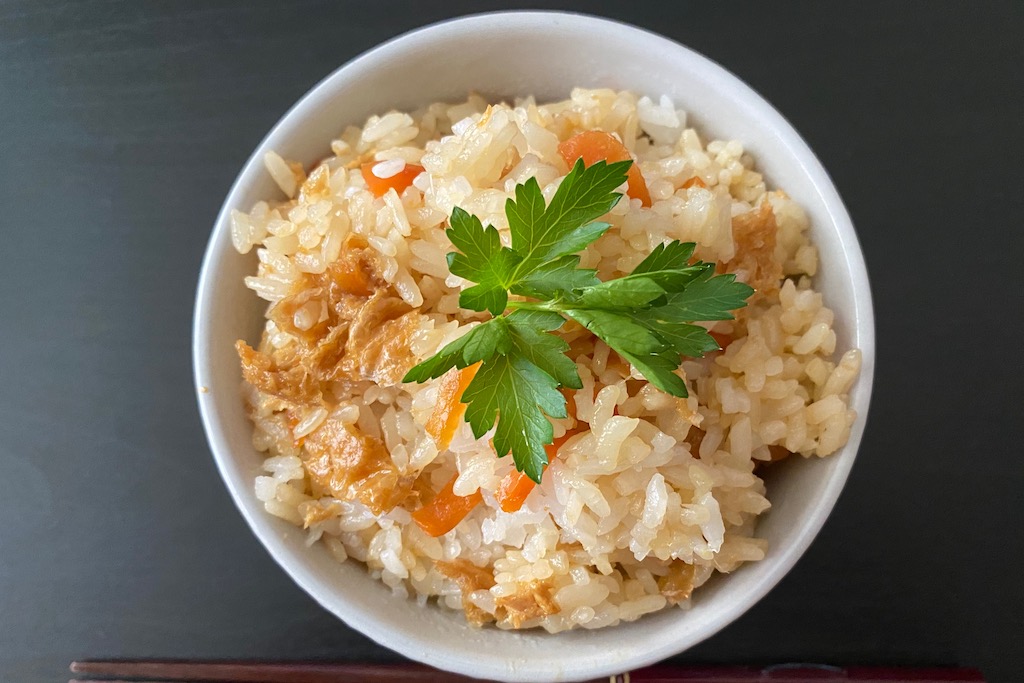
Others
Besides shojin ryori, it is absolutely fine to use shojin dashi with animal-based ingredients. Especially chicken matches well with the light taste of shojin dashi. So, chicken soup and simmered chicken dish are great way to enjoy shojin dashi. In addition, you can use it for boiled fish dish and even for salad dressing.
Please arrange your recipe using amazing shojin dashi!!

